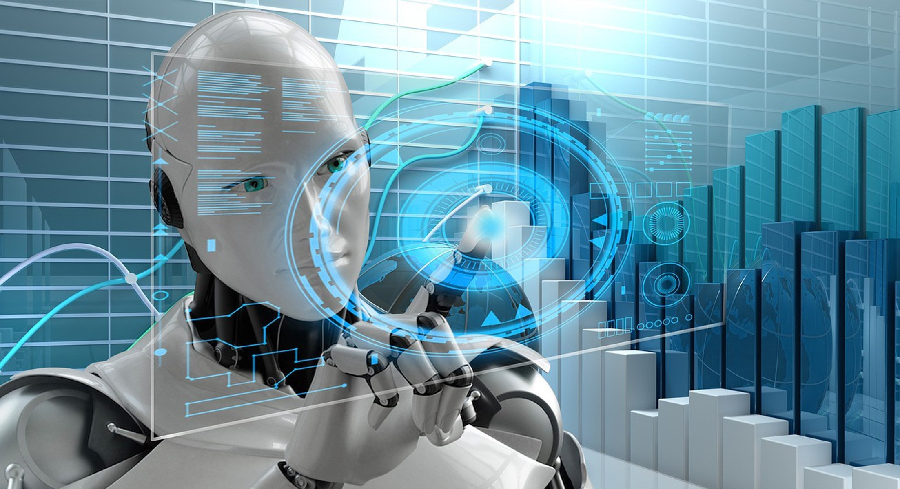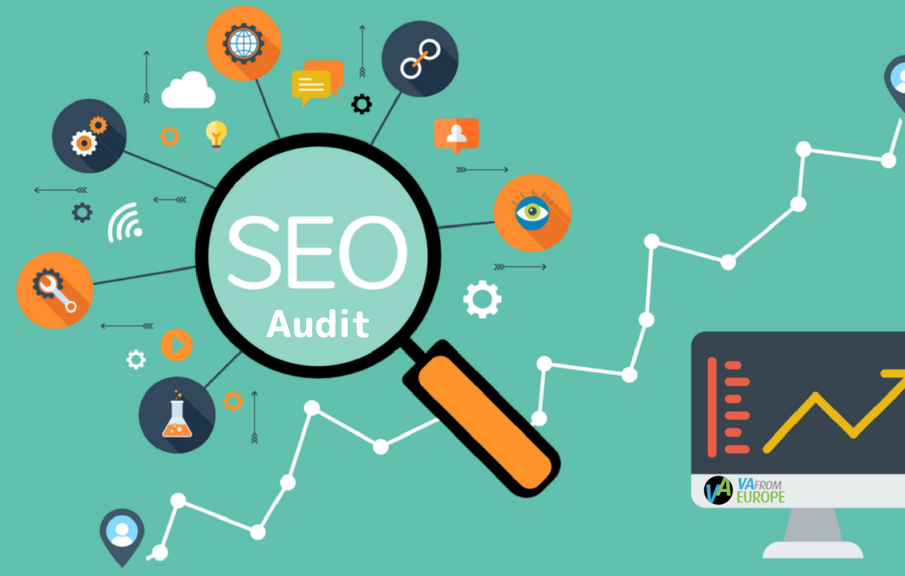Smart Farming Enhancing agriculture yield with IoT solutions

Smart Farming: IoT solutions and robots in agriculture The world population is expanding at an alarming rate and the total global food demand is rising as people seek more affluent lifestyles. With the global population expected to rise from nearly 7 billion people to 8 billion by 2025, it will be important for farmers to produce more food under challenging circumstances and conditions. This can be done by embracing IoT solutions and implementing smart farming methods. There are many challenges facing farmers today such as climate change, disease management, and limited labor forces that need to be addressed with innovative solutions and technologies.
It is disrupting the established manufacturing and consumer market, a smart-farming technology has recently emerged as an IoT new trend that aims at transforming traditional agricultural practices into more modern and technologically advanced ways. More than 70% of farmers are expected to adopt smart farming solutions in the next two years. These solutions are necessary for addressing growing challenges, such as climate change, water exhaustion, reduction of arable land, increases in production costs, and shortage of labor. Today’s smart farmers are savvier than ever before. They’ve noticed that conventional farming isn’t always the most efficient approach.
Packed with information, this guide provides an inside perspective on the challenges facing the farming industry and how IoT solutions can improve its performance. Packed with information, this report provides an inside perspective on the challenges facing the farming industry and how IoT solutions can help improve its performance. It examines the application of technology in erosion control, crop monitoring and health, yield optimization, and machinery control, as well as many other exciting fields.
Internet of Things (IoT) refers to a set of standards that interconnect physical objects or “things” embedded with electronics, software, sensors, and wireless connectivity which enables these objects to communicate and sense the presence of one another. The idea behind IoT is that this network of connected devices can be used to monitor environmental conditions. Smart Farming is an enabling technology that enables a new level of remote interfacing of smart sensors, near real-time sensing and actuation as well as data analytics for resource sustainability in agriculture.
Smart technology is finally reaching the farm, and farmers around the world are beginning to reap the benefits. From greenhouse monitoring and Internet-of-Things sensors for livestock management to precision agriculture and drones for large-scale field operations, the versatile nature of IoT technologies is helping farmers work smarter and more efficiently than ever before. The authoritative book on how IoT (Internet of Things) will improve yield and profit in farming. The book is written by an award-winning author and research scientist who is also an Amazon bestselling author. Compelling examples from scholars, scientists, business leaders, and entrepreneurs.
The objective of this book is to present a wide array of recent technologies, including IoT, and cloud computing. This information will create a paradigm shift in agriculture.
An interdisciplinary approach to the management of resources, the development, and the application of new technologies, e.g., in agricultural management and the food supply chain, will be essential to feed an extra two billion people by 2050. ‘Smart farming’ refers to using information and communication technologies (ICT) to facilitate improved decision-making in farming. Farmers are currently threatened by climate change, and many industry experts anticipate that this trend will persist in the future; environmental changes will outpace existing species’ adaptations. While research and discovery both represent additional costs to the farmer, they are crucial to the survival of society, which relies on crops for better nutrition, sanitation, and energy.
This book is about IoT solutions in farming, driven by IoT technology. With the number of Internet of Things(IoT) technologies and solutions exploding, opportunities like smart grid, smart lighting, and smart farming are increasingly gaining popularity among technology leaders around the world. This book has been divided into five sections. The first section deals with the potential challenges in IoT solutions and their applications in modern farming practices including challenges, types of sensors, and wireless communication used for smart farming.
The next section highlights challenges associated with deploying the sensors in real-world scenarios such as distance maintenance and data transfer and collection issues. The third part describes the challenges encountered during analyzing the data captured by IoT devices due to environment changes while examining challenges during data processing and storage. In addition, this section describes challenges related to IoT operations in remote regions having no access to an internet connection problem, security issues, and data privacy concerns related problems that exist mostly due to human error. The last part is focused on providing different possible solutions so that most of these challenges can be addressed effectively at the sensor level and let increase capability, scalability and flexibility.
The first IoT solutions for smart farming are based on a distributed set of sensors that detect and measure soil, air, and water conditions on a field or farm. These sensors capture and transmit data that can be monitored in real-time or used to make predictive models of plant growth, crop yields, and weather risks. Each sensor node is self-powered by solar energy, rechargeable batteries, wind generators, or other alternatives. This book provides an introduction to the various types of sensor nodes commonly used in smart farming applications, presents IoT solutions for related vertical markets (such as hydroponics), discusses communication protocols for different environments, describes the protocol stack for a typical implementation platform usually found in smart farms (such as Raspberry Pi), and illustrates the benefits of applying IoT solutions to various applications of agriculture.
The new book from Packt Publishing, “Smart Farming: Enhancing agriculture yield with IoT solutions,” is an insightful and comprehensive guide to the Internet of Things (IoT) that offers you insight, knowledge, and new implementation ideas. It is an essential reference for developers, entrepreneurs, or businesses who wish to gain a better understanding of how IoT implants into agriculture and enables them to build new and innovative applications for devices like Raspberry Pi. Agriculture demands higher yields and smart farming techniques to deal with the challenges of climate change. Farmers are combining internet-of-things technology (IoT) with precision farming techniques to enhance productivity and increase their profits. An increasing number of farmers are using IoT products in areas such as soil moisture sensors, weather stations, data recording tools, and management platforms.
In the new Big Data era, data is extremely critical for farming production and management. Knowledge of data can be converted into real-time business intelligence and provide a smart decision-making guide for enterprises. Therefore, agricultural enterprises are making great efforts to collect and analyze agricultural data, which will lead to the rapid development of the application of information technology in agriculture. In this paper, we will first review some applications of Internet of Things (IoT) technology in agriculture at present, and then introduce different IoT concepts including wireless sensor networks (WSN), fog computing, cloud computing, and edge computing, and briefly describe the various challenges in data acquisition from the field. The report offers a comprehensive overview of the present state-of-the-art and the possible evolution scenarios in the internet of things (IoT) for the farming market. The study highlights some of the latest trends observed in farmlands, thus offering insights on how IoT can play a significant role in improving yields, monitoring, and building farms of the future.
Agriculture is being pushed by the demand for greater efficiency and higher productivity. With precision agriculture, farming operations can yield up to 30 percent greater yields, utilize 25 percent less water, and save over $10 billion annually through increased productivity and decreased costs. In his session at @ThingsExpo, Shripad Waghray, founder of Smart Farming Web and a precision agriculture specialist, explored the opportunities that IoT solutions could bring to the agricultural sector.
Despite significant technological advances, agricultural yields in developing countries are stagnating. IoT solutions can help farmers improve crop yields and help feed a growing population constrained by decreasing arable land on which to grow food. By taking advantage of big data analytics, sensor technologies, and smartphones to increase the efficiency of monitoring and mitigating factors that inhibit optimal yield and planting decisions, IoT solutions have already demonstrated success in helping farmers increase their crop yields. Agricultural IoT is a technology to transform the agricultural sector, boost productivity, and introduce new services to farmers. Listen to experts on how big data, cloud computing, and analytics combine to enable a shift in agricultural operations that makes use of both agronomic and environmental in an improved manner.
Technology has changed our lives in many ways over the past decade or so. Information and entertainment can be accessed from virtually anywhere, and financial transactions can occur within minutes—and now, agriculture may be about to take a page from these changing times.
















